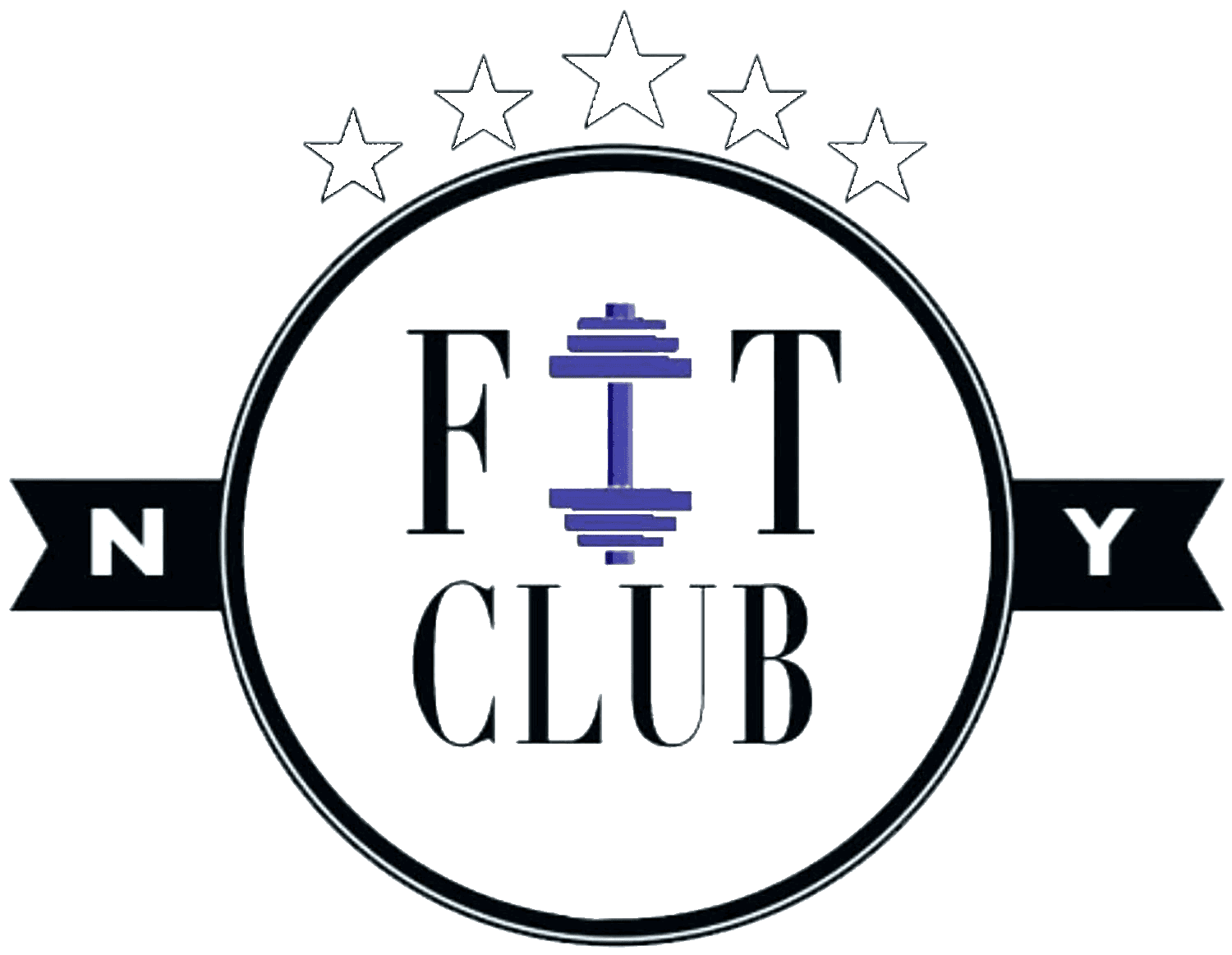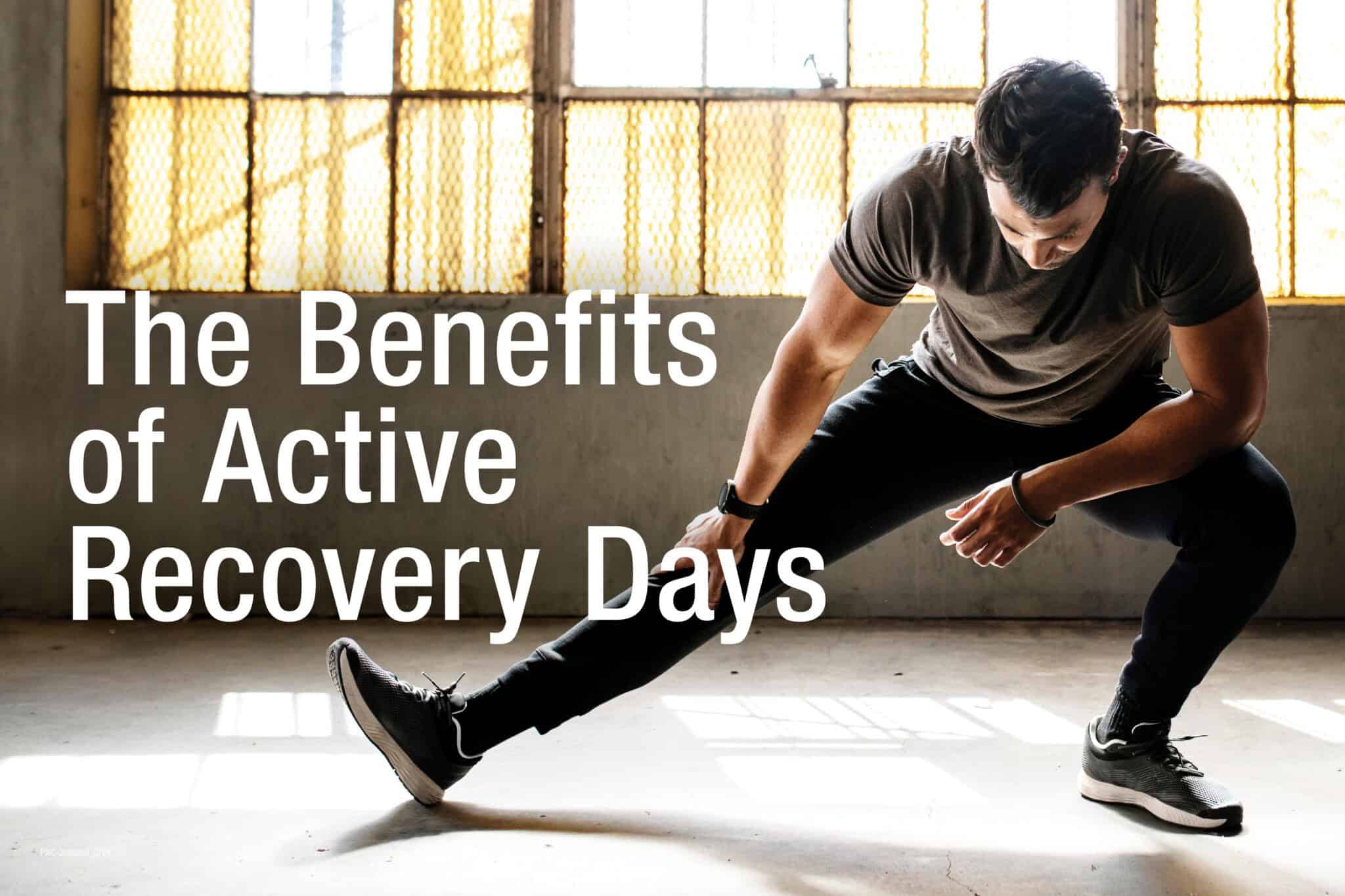
Trapezius Muscles 101: Where Are the Traps Located?
Your upper body movements rely heavily on your trapezius, a thick band of connective muscles sprawling your neck, shoulders, and back. The trapezius muscles enable you to move and tilt your head, shrug your shoulders, and bend your back, among other everyday motions.
However, as one of the most frequently used muscle groups, your trapezius muscle is susceptible to wear and tear. Your trapezius muscle may develop issues due to specific activities or the lack of others, for instance, poor posture, bearing excessive weight on the upper body, and failing to warm up properly before an intense exercise.
You’ve probably erred in one of these activities, with or without foreknowledge, if you’re experiencing pain, discomfort, and other signs of muscle inflammation in your upper body.
Knowing the trapezius muscles, where they’re located, and their functions and symptoms can help you eradicate and prevent various forms of neck, shoulder, and back pain.
Here’s all you need to know.
Suffering From Neck Pain?
What are Trapezius Muscles (AKA traps)?
The trapezius muscle is a diamond-shaped band of muscles originating from your neck and flowing down your shoulder and upper back. Commonly known by its shorthand, traps, the trapezius muscle allows you to shrug and move your shoulder, lift your arms, and tilt and rotate your head and neck. It’s also primarily responsible for movement and stability in the upper body.
Pain in your traps is usually felt as acute and severe pain in the upper back, neck, and shoulder, often spreading to neighboring muscles. But since you can feel your traps right under your skin, it’s possible to palpate it with your fingers to find and resolve tensions and trigger points.
The trapezius can be separated into three parts:
- The upper trapezius
- The middle trapezius
- The lower trapezius
The differences between them are not just positional but functional as well. Each one has a unique set of functions, range of motions, and symptoms
Upper trapezius
The upper trapezius muscle originates from the base of your neck and extends across the top of your shoulder. But it’s actually the smallest part of your traps.
It helps you tilt and rotate your neck and, by extension, turn your head. It also enables you to raise and lower your shoulder girdle, allowing you to raise your arm sideways. However, it can develop pain and injury, leading to tight neck and shoulder pain when there’s excessive movement and pressure on the shoulder blades.
Elevates the shoulders and supports the neck in a tilted position.
It provides the support and flexibility you need to tilt and turn your head and neck and shrug your shoulders. Upper fibers also ensure your neck, shoulder, and back are properly aligned. Flexibility in the upper traps allows you to take on various upper body postures and then revert to a normal posture during various activities.
Middle Trapezius
This part directly underlines the upper trapezius, positioned mainly across the shoulder blades.
The middle trapezius is primarily responsible for backward shoulder movements. Middle fibers also keep your shoulder and upper body properly aligned when your head is tucked forward when working on a desk and engaged in extreme kyphotic postures.
Pulling the shoulders back and enabling the backward extension of the lower arm.
The middle trapezius keeps your shoulder properly aligned during specific arm movements.
Lower Trapezius
The lower trapezius, the largest part of the trapezius, is the lower V-shaped section of the diamond-shaped structure. It extends from the shoulder and narrows down into the upper back.
Enables downward movement of the shoulder, allowing you to ‘un-shrug’ your shoulder. It also supports your spine and cranial nerve xi during twisting and bending movements.
In contrast with the upper trapezius, the lower trapezius lowers the shoulder girdle during certain upper body movements. It also elevates the pectoral girdle to stabilize the upper body when the shoulder is depressed.
Besides providing support when lowering your shoulder, it stabilizes the mid-spine during particular shoulder and arm movements. The lower trapezius also supports the accessory nerve for breathing, helping open up the upper chest during inhalation.
How Can I Take Care of the Trapezius Muscle?
The trapezius muscle usually develops problems when strained. Excessive pressure on the muscles can activate trapezius pain trigger points, causing pain, inflammation, and in extreme cases, severe injuries.
The best way to take care of your trapezius is to be generally health-conscious. Avoid activities and postures that put them at the risk of stress and injury. Exercise them regularly to stimulate and strengthen them. But be careful with the type and intensity of exercises, and make sure you warm up properly before beginning the exercises.
Here’s what you should do:
Take some time to stretch and warm up your trapezius using stretching exercises before working out – you can reduce injury risks by avoiding abrupt pressure on the trapezius.
Shoulder blade stretches and traps exercises help improve flexibility in your trapezius, enhancing the range of motion in your shoulder neck.
Use strengthening exercises to keep your traps strong and healthy. But combine those with yoga, massages, and other distressing activities to relax tense muscles. And be careful when exercising, so you don’t do more harm than good by overstretching the muscles.
Avoid carrying excessive weight at all times – stop any activity immediately if it’s causing neck pain – the pain could be more severe and prolonged than you might think.
What Conditions can Affect the Trapezius Muscles?
People who spend most of the day hunching over their work desk or bearing excessive weight on their shoulders often experience some symptoms of a strained trapezius. For some people, it’s a frequent occurrence – with the risk of serious, chronic conditions developing over the long run.
Knowing the symptoms and causes of trapezius muscle issues can help speed up your recovery, whether it’s a frequent occurrence or a one-off symptom. Early detection is crucial to preventing long-term problems.
Each trapezius muscle is associated with different symptoms. Narrowing down the source of your symptoms is essential to early recovery. For instance, the lower trapezius muscle is associated with weakness in spinal accessory nerves and, if not treated on time, can lead to nerve damage or paralysis. Problems with the upper trapezius can lead to difficulties shrugging your shoulders and, over time, can lead to stiff shoulders and other chronic postural defects.
Here’s a breakdown of the common symptoms associated with the trapezius muscle and the possible causes.
Upper trapezius
Neck pain, headache, and stress result from prolonged postures unfriendly to your upper trapezius. Things can come to a head, leading to mental stress, anxiety and difficulties concentrating. Also, whiplash from accidents and head concussions can injure the upper traps.
Sharp pain in the neck, stiff neck, cervicogenic headaches, and difficulties moving the head.
In a standing or seated weight-bearing posture, palpate your upper traps from the base of your neck down to your shoulders to find tension points.
Middle Trapezius
Shoulder muscle spasm, stiff shoulders, and pain in the interscapular area. Anyone who often puts on hefty jewelry or carries bulky backpacks or shoulder bags will most likely be familiar with these conditions.
Limited shoulder range of motion, shoulder pain, soreness and aches around the shoulder and upper back, tender shoulder muscles, arm weakness, and difficulties performing everyday activities.
While standing, gently fold your shoulders backward and return them to their natural position. You shouldn’t have difficulties folding your shoulders back towards 90 degrees if you have a healthy middle trapezius.
Lower Trapezius
Repetitive stress injury to the back muscles from improper standing postures. Bending or slouching too quickly during activities like weightlifting exercises can lead to severe strain on the lower trapezius.
Sharp pain in the upper back, muscle spasms, numbness in the upper back, restrained upper body movement.
Bend forward slowly. If you feel a tight back, you most likely have problems with your lower back trapezius.
How Can You Treat Conditions Affecting the Trapezius Muscle?
Depending on the severity of your trapezius muscle condition, treatment can be home-based and possibly completed within a few days or weeks. If you tackle your symptoms of a minor condition early enough, you can treat it in days.
However, the trapezius can be severely injured in rare cases, requiring surgery and extensive rehab.
Here are some of the best ways to tackle your trapezius muscle symptoms:
Stretching exercises: Studies show that shoulder stretching exercises, especially kinesiology tape stretching exercises, can help resolve tensions in the trapezius.
Massage Therapy: Upper body massages can help dissolve tensions and tight muscles, fast-tracking recovery from trapezius issues. You can also use self-massages and palpation to self-test and treat your scalene trigger points. To self-massage, knead your back and shoulders gently with a clenched fist or your fingertips, starting from the base of your neck.
Acupuncture: Another reliable way to eradicate pain and tightness in trapezius muscles is through acupuncture and dry needling.
Strengthening exercises: Improve flexibility and stability in your trapezius muscles with shrugs, scapular stabilization exercises, pushups, shoulder blade squeezes, and upright row.
Physical therapy: A physical therapist can help craft a personalized physical therapy plan to help you recover speedily.
Rest: The body’s natural healing process can repair minor stress and strain on the trapezius muscles. Take a break from weight-bearing activities for a few days, and avoid raising your arms or shrugging your shoulder until the pain wears off naturally. You can boost natural healing by eating healthy, avoiding intoxicants like alcohol and tobacco, drinking plenty of water, and getting plenty of sleep.
Surgery: If there are deep cuts in the trapezius, surgery may be required to stitch up the torn muscles
Having Shoulder Issues?
Bottom Line
Your trapezius is a muscle essential to everyday life, and taking care of it helps you stay strong and active. Your traps are involved in nearly every movement you make with your upper body, and when they’re strained or overstretched, you could lose your upper body range of motion and struggle to maintain an upright posture.
Our seasoned physical therapists will help you trace out the causes of your trapezius muscle strain and stamp them out using personalized physical therapy and rehabilitation plans. Not sure how to deal with your neck pain and shoulder pain? Let’s tackle them together. Reach out today!


